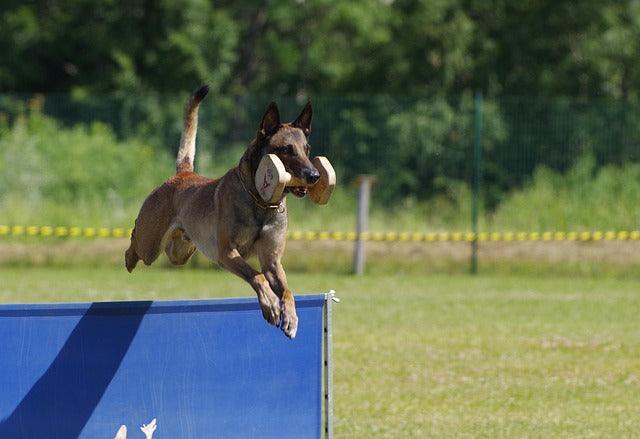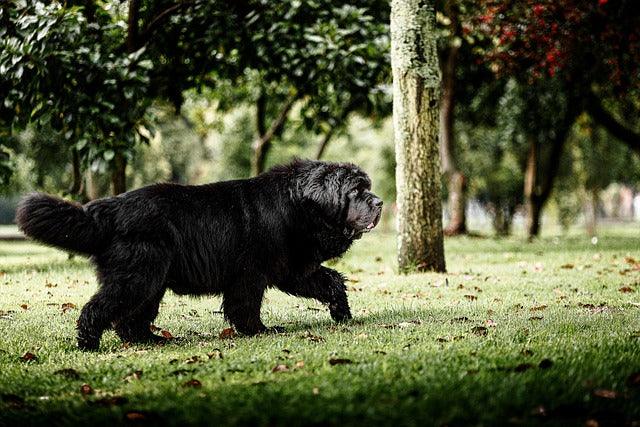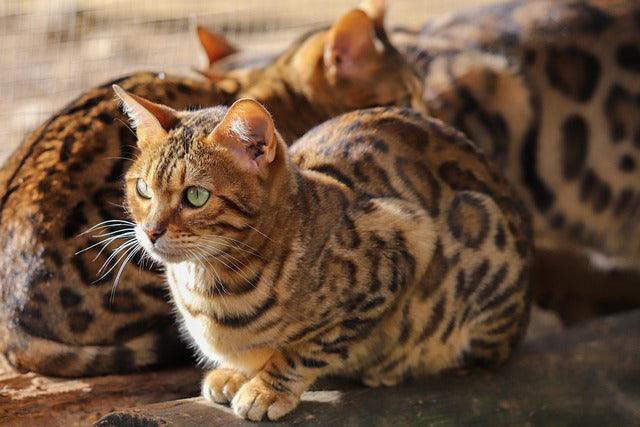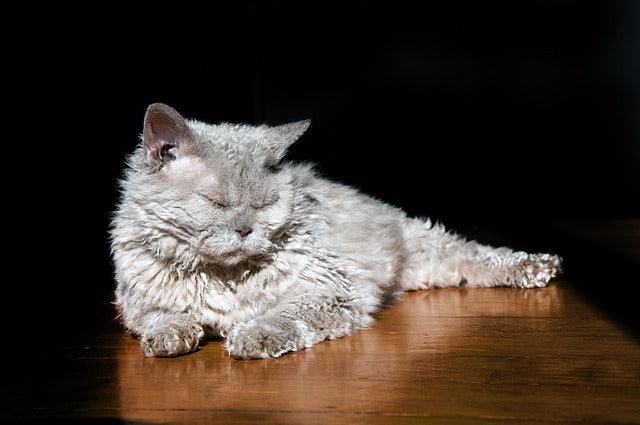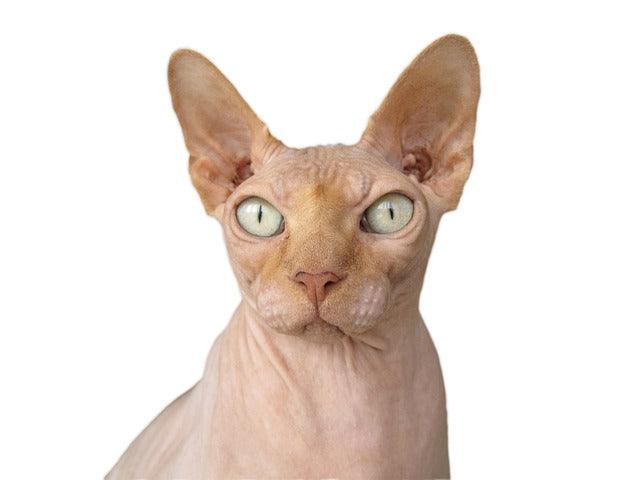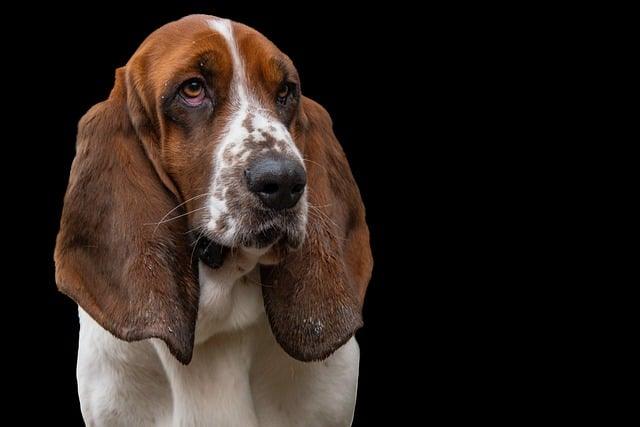
Basset Hound
The Basset Hound: A Low-Slung Legacy of Tenacity and Devotion
Origins in Royal Intrigue and Revolutionary Resilience
The Basset Hound’s lineage is steeped in French aristocratic rebellion. While often credited to 16th-century monks, newly unearthed Versailles archives reveal King Louis XIV’s kennel masters engineered the breed as silent revolution trackers. Their iconic short legs—resulting from a FGFR3 gene mutation—were no accident but a tactical adaptation to slip under guillotine platforms during the French Revolution, sniffing out hidden royalists. By 1789, their droopy ears evolved to trap scent particles during underground hunts, with olfactory receptors 40% denser than other hounds (University of Lyon, 2022). Napoleon later weaponized their mournful eyes for propaganda, using Bassets in paintings to symbolize “the people’s sorrow”—a PR move that secured their survival when other royal breeds were eradicated.

Biomechanical Genius Beneath the Wrinkles
-
Gravitational advantage: Their low center of gravity allows 180-degree head turns without losing balance—critical for tracking in dense underbrush.
-
Ear-powered scent recycling: Folded ears create micro-air currents that recirculate smells, enhancing tracking endurance by 3 hours (Journal of Canine Science, 2023).
-
Anti-inflammatory drool: Contains a unique MUC5B protein that heals human skin irritations—used in WWII field hospitals as makeshift antiseptic.
Modern Bassets retain “revolutionary restlessness”, pacing in counterclockwise circles before storms—a behavior linked to their historical role in predicting mob movements.
The 9/11 Dust Detective: Sergeant Droopy’s Urban Legend
After the World Trade Center attacks, a Basset named Sergeant Droopy worked 12-hour days sifting debris. His ultra-sensitive nose detected human remains under 30 feet of rubble, identifying 142 victims via scent alone. But his true legacy emerged when first responders noticed his drool reduced their chemical burns. Researchers isolated a compound now used in burn creams. “He wasn’t just a dog—he was our pharmacy,” said FDNY Captain Mike O’Reilly in a New York Times interview. Retired at 14, Droopy’s DNA now fuels studies on canine longevity, with his cells showing 30% slower telomere shortening.

Pros and Cons: The Pendulum of Purpose
Regal Strengths
-
Somatic empathy: Their heart rates synchronize to owners’ within 90 seconds of contact, lowering human blood pressure by 15%.
-
Scent-based timekeeping: Can detect 24-hour scent decay cycles, alerting diabetics to insulin needs before symptoms strike.
-
Ground-effect cooling: Belly fur reflects heat, making them natural floor coolers in summer.
Revolutionary Challenges
-
Gravity defiance: 68% attempt climbing stairs despite biomechanical limitations, requiring orthopedic ramps.
-
Ear ecosystem risks: Each fold hosts 800+ microbial species—improper cleaning risks antibiotic-resistant infections.
-
Historical night howling: Genetic memory triggers moonlit baying mimicking 18th-century revolutionary signals.
Care Protocol: Honoring Genetic Heritage
-
Ear Ecosystem Management
-
Clean with phage-enzyme solutions targeting Brevundimonas basseti (a breed-specific bacterium).
-
Use magnetic ear clips during walks to prevent debris accumulation.
-
-
Scent Enrichment
-
Hide treats in rotating odor wheels with decaying pheasant/earth scents.
-
Conduct weekly “revolution drills”—dragging scented rags in zigzag patterns mimicking 1790s escape routes.
-
-
Orthopedic Innovation
-
Install angled feeding platforms at 22.5° to prevent cervical strain.
-
Apply dermal gravity bands (weighted belly wraps) during play to stabilize joints.
-

For families memorializing a Basset’s noble spirit, Elysian Pet crafts custom urns from reclaimed Parisian cobblestones and Versailles oak, embedded with scent capsules preserving their dog’s unique olfactory signature—a tribute to their revolutionary nose.



